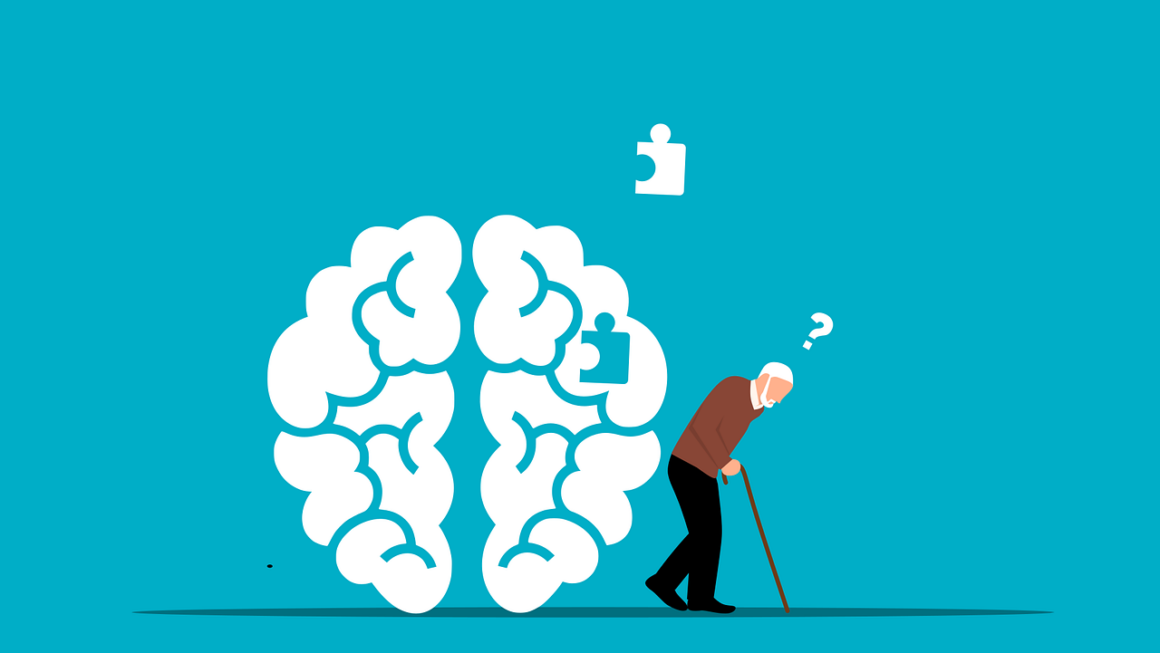As I witness the challenges my grandmother faces due to dementia, my heart aches for her and countless others affected by this cruel disease. The struggle against dementia feels daunting, yet recently I came across an article outlining the advancements in technology that offer a glimmer of hope that a cure may be within reach. Researchers at the University of Copenhagen have made significant strides with a groundbreaking machine-learning algorithm that could transform our understanding of neurodegenerative disorders. (Read More.)
Based on an article in ScienceDaily, Dementia affects millions worldwide, with nearly 100,000 Danes over the age of 65 living with the disease. This disorder arises when microscopic proteins clump together, leading to the deterioration of vital brain functions. Historically, the science behind why this clumping occurs and how to treat it has remained elusive, hampered by a lack of effective research tools. However, the Hatzakis lab has developed a machine-learning algorithm capable of tracking these protein clumps in real-time through microscopy. As PhD student Jacob Kæstel-Hansen states, “In just minutes, our algorithm solves a challenge that would take researchers several weeks” (ScienceDaily, 2024).
Understanding the behavior of these protein clumps is crucial for developing effective treatments. The new algorithm allows researchers to identify and categorize protein clumps based on their shapes and sizes, tracking their evolution over time. This is a game-changer in the field of neurodegenerative research. Steen Bender, the first author of the study, explains, “The fundamental understanding of these clumps depends on us being able to see, track and quantify them, and describe what they look like over time” (ScienceDaily, 2024).
By accurately mapping these proteins, scientists can gain insights into the clumping process, which has been linked to Alzheimer’s and other related disorders. With this knowledge, the hope is that new therapies can emerge that specifically target these harmful clumps, leading to better outcomes for patients and their families.
The implications of this technology extend beyond understanding dementia. Researchers are applying the algorithm to other areas, such as the study of insulin molecules. Kæstel-Hansen notes, “We see this undesirable clumping in insulin molecules as well. Our new tool can let us see how these clumps are affected by whatever compounds we add” (ScienceDaily, 2024). This adaptability highlights the algorithm’s potential to accelerate drug development across various diseases.
The research team envisions that as more scientists utilize this tool, a comprehensive library of molecular and protein structures will emerge. This wealth of information will be invaluable in the fight against diseases like dementia, as it enables researchers to better understand and potentially halt these conditions before they progress.
As someone who has seen the effects of dementia firsthand, I find immense hope in these scientific advancements. The prospect of having tools that can elucidate the complexities of neurodegenerative diseases is not just a dream—it is a tangible reality. As Nikos Hatzakis emphasizes, “This will allow us to better understand diseases and try to stop them” (ScienceDaily, 2024).
Moreover, the open-source nature of this algorithm means that researchers worldwide can access and use it, fostering collaboration and innovation across borders. This collective effort may very well lead to breakthroughs that change the landscape of dementia research and treatment.
In the fight against dementia, every small victory counts. With advancements like the one emerging from the University of Copenhagen, we stand on the brink of a new era in understanding and potentially curing this debilitating condition. As I hold onto the hope of a future without dementia, I remain optimistic that one day we will find a cure that can restore lives and bring peace to families like mine.
Source:
University of Copenhagen – Faculty of Science. (2024, May 22). New weapon against dementia. ScienceDaily. Retrieved May 28, 2024 from www.sciencedaily.com/releases/2024/05/240522130338.htm



